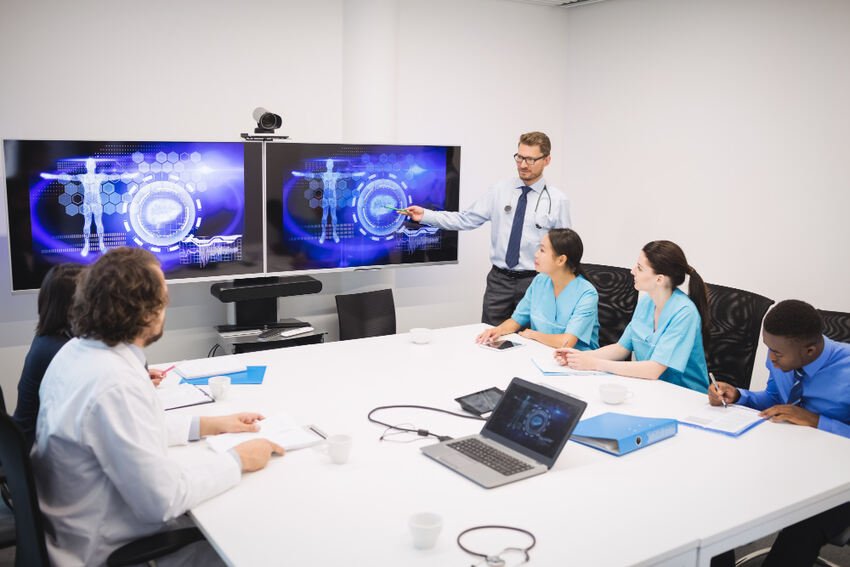When it comes to straightening teeth, patients today have more options than ever before. Traditional metal braces, ceramic braces, lingual braces, and clear aligners all promise a straighter smile. But not all orthodontic treatments are created equal — and Invisalign has become one of the most popular choices for a reason.
So, what makes Invisalign so different? And why do so many people — from busy professionals to teenagers — choose it over other treatments?
1. A Completely Discreet Option
One of the biggest reasons people choose Invisalign is its nearly invisible design.
Traditional braces use metal brackets and wires, which are highly noticeable and can affect your confidence, especially in professional or social situations. Even ceramic or tooth-coloured braces, though less visible, are still noticeable up close.
Invisalign, on the other hand, uses clear, custom-moulded aligners that are virtually invisible when worn. This makes it an appealing choice for adults who don’t want orthodontic treatment to be obvious and for teenagers who want a more subtle solution.
2. Comfort Over Wires and Brackets
Braces work by tightening wires and brackets, which can lead to discomfort, mouth sores, and difficulty with brushing or flossing. Invisalign eliminates many of these challenges.
Each set of Invisalign aligners is custom-made from smooth, BPA-free plastic — no metal brackets or wires involved. While you may feel mild pressure when switching to a new set of aligners (a sign that your teeth are moving), most patients report far less irritation compared to braces.
3. Removable for Everyday Convenience
This is where Invisalign truly stands out.
Traditional braces are fixed — meaning you wear them 24/7 and have to adjust your eating habits. Sticky, chewy, or hard foods are off-limits because they can damage the brackets.
Invisalign aligners are fully removable, so you can:
- Eat whatever you like (no long “do not eat” list!)
- Maintain your normal brushing and flossing routine
- Remove them for important events, photos, or presentations
This flexibility makes Invisalign especially appealing for busy adults and teens who don’t want their lifestyle interrupted by treatment.
4. Predictable, Digital Results
Invisalign treatment starts with a 3D digital scan of your teeth, using advanced software to map out the entire process — from where your teeth are now to how they’ll look at the end of treatment.
This means:
- You’ll see a virtual preview of your new smile before starting.
- Your aligners are crafted to follow a precise, step-by-step plan.
- There are fewer “surprises” compared to traditional braces.
This level of customisation gives patients confidence and helps orthodontists deliver accurate, predictable results.
5. Fewer Visits and Shorter Appointments
With braces, you typically need to visit the orthodontist every 4–6 weeks for tightening and adjustments. These appointments can take time and cause discomfort afterwards.
With Invisalign, visits are less frequent and often shorter. You usually receive several sets of aligners at a time, switching to a new one every 1–2 weeks. Appointments focus on progress checks rather than painful wire adjustments.
6. Suitable for a Wide Range of Cases
When Invisalign was first introduced, it was mainly used for mild cosmetic adjustments. Today, thanks to advances in technology, Invisalign can treat complex cases, including:
- Crowded or widely spaced teeth
- Overbites, underbites, and crossbites
- Relapse after previous orthodontic treatment
This makes it a serious alternative to traditional braces for most patients.
7. Improved Oral Hygiene During Treatment
Traditional braces make brushing and flossing much more difficult, often leading to plaque build-up, staining, or even cavities.
Invisalign aligners are removed for cleaning, meaning you can brush and floss normally without navigating around brackets and wires. Aligners themselves are also easy to clean with special solutions or simple rinsing.
Is Invisalign Right for You?
While Invisalign offers many advantages over traditional treatments, it’s not suitable for everyone. Severe orthodontic issues may still require braces or other interventions. Compliance is also key — aligners need to be worn 20–22 hours a day to work effectively.
The best way to know if Invisalign is right for you is to schedule a consultation with an Invisalign-trained orthodontist or dentist. They can assess your case, walk you through the process, and show you a preview of your potential results.
Final Thoughts
Invisalign isn’t just another way to straighten teeth — it’s a different experience altogether. It combines discreet design, personalised digital planning, comfort, and flexibility in a way that traditional orthodontics can’t match.
For anyone who wants a beautiful smile without the challenges of braces, Invisalign offers a treatment option that fits into your life — not the other way around.
Read Dive is a leading technology blog focusing on different domains like Blockchain, AI, Chatbot, Fintech, Health Tech, Software Development and Testing. For guest blogging, please feel free to contact at readdive@gmail.com.





